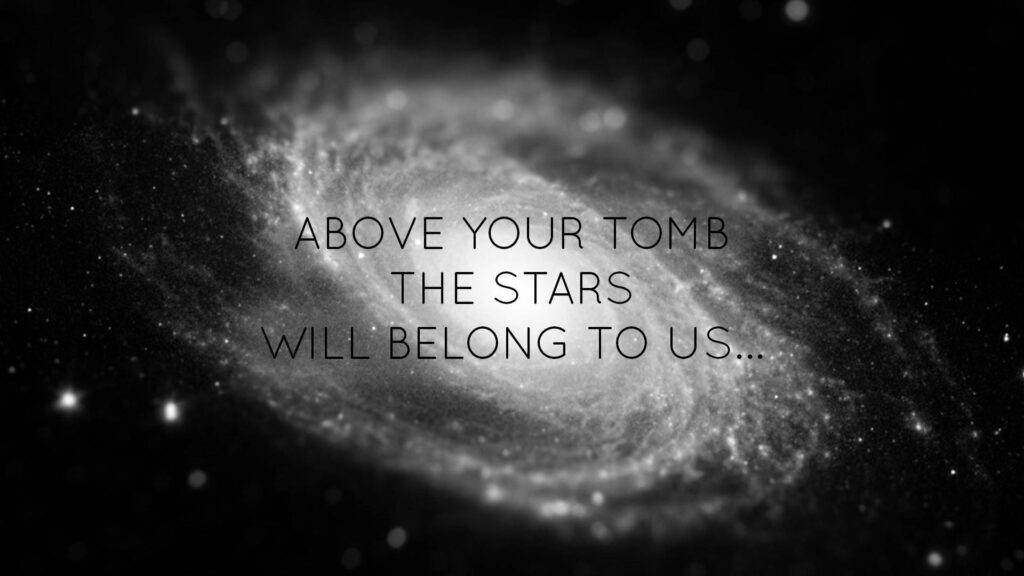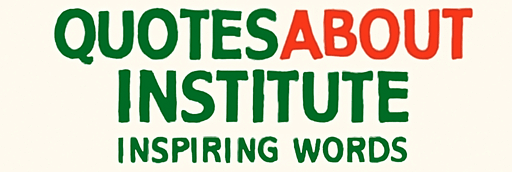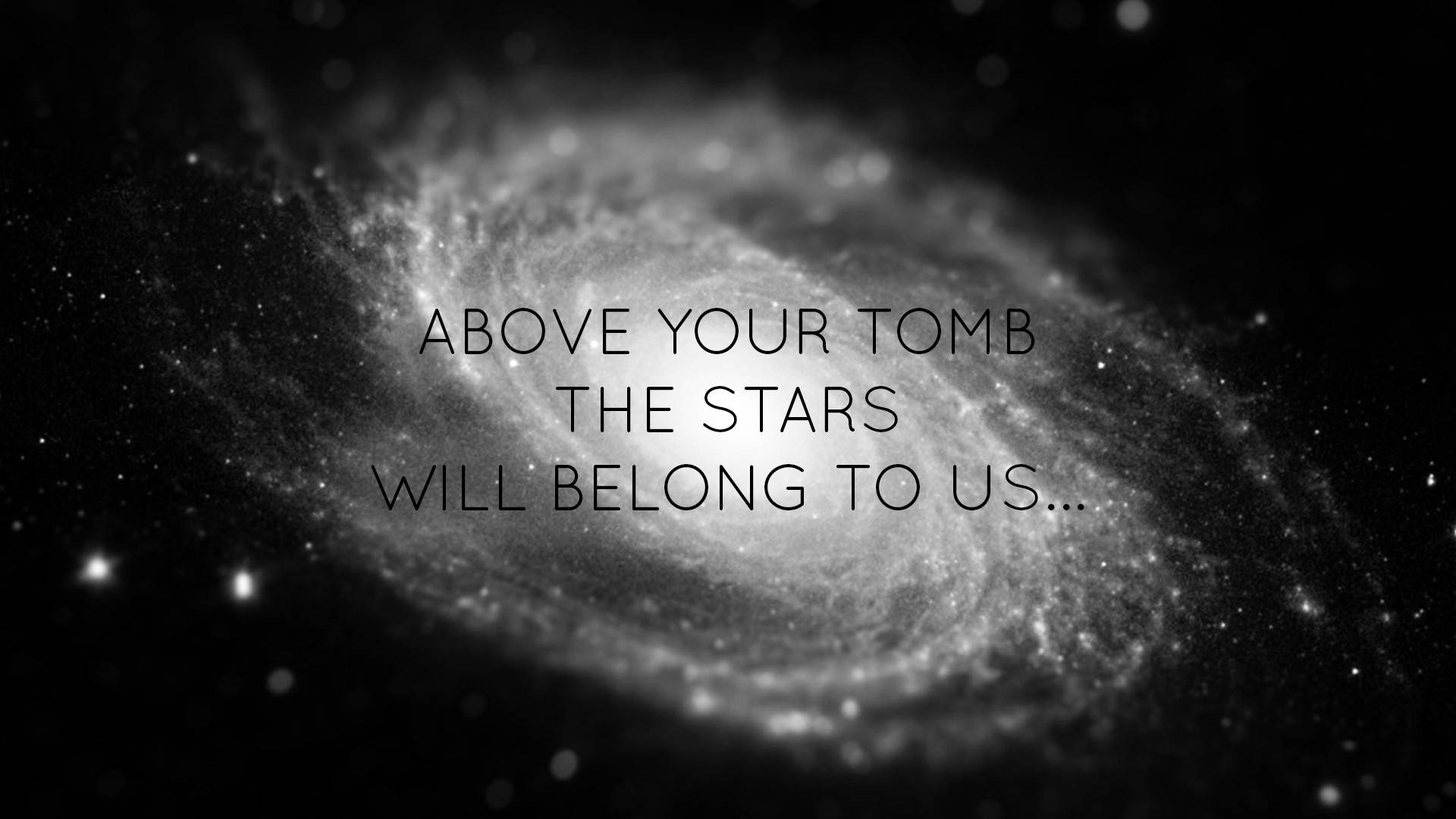
Dancing in the Dark: A Cinematic Descent into Despair
Lars von Trier’s 2000 musical drama, *Dancer in the Dark*, is not a film for the faint of heart. It’s a brutal, unflinching examination of human suffering, resilience, and the devastating consequences of societal indifference. Starring Björk as Selma Ježková, a Czech immigrant working in a Washington state factory, the film weaves a tale of unrelenting hardship punctuated by moments of musical fantasy. The film’s power lies not only in its raw visuals and haunting score but also in the poignant quotes that encapsulate Selma’s plight and the film’s overarching themes. This article delves into some of the most memorable and impactful quotes from *Dancer in the Dark*, exploring their significance and the enduring legacy of this cinematic masterpiece.
The core of *Dancer in the Dark* revolves around Selma’s unwavering love for her son, Gene, and her desperate efforts to secure his future. Selma is slowly going blind due to a hereditary condition, and Gene is at risk of inheriting the same fate. Her primary motivation is to earn enough money for Gene’s operation, a desperate act of maternal love that fuels her every action. The film’s quotes, often delivered in moments of heightened emotion, reveal the depth of her sacrifice and the tragic irony of her situation.
The Burden of Hope: Selma’s Worldview
One of the most striking aspects of *Dancer in the Dark* is Selma’s unyielding optimism, even in the face of crushing adversity. This is reflected in numerous quotes that highlight her determination to see the good in the world, even when it’s obscured by darkness. Her belief in the power of music and dance as an escape from reality is a central theme, offering brief, albeit fleeting, moments of respite from her bleak existence. These moments of fantasy, rendered through musical numbers, are juxtaposed with the harsh realities of her life, creating a powerful contrast that underscores the film’s tragic nature.
“I’m not afraid of the dark. It’s the people.”
This is perhaps the most iconic quote from *Dancer in the Dark*. It encapsulates the film’s central conflict: Selma’s fear of the human condition, particularly the cruelty and selfishness she experiences at the hands of others. This line highlights the societal injustices Selma faces, from the financial exploitation she endures at work to the betrayal she suffers at the hands of her neighbor, Bill. It reveals a profound disillusionment with humanity and the world around her.
“I don’t want to see the world. I want to feel it.”
This quote highlights Selma’s desire for sensory experiences, particularly her yearning to feel connected to the world in a way that transcends sight. As her vision deteriorates, her other senses become heightened, and her reliance on music and touch becomes more profound. The line expresses her longing for a deeper understanding of life beyond the limitations of her physical condition. It’s a testament to her resilience and her refusal to be defined by her impending blindness.
The Cycle of Sacrifice: Exploring Themes of Love and Loss
The film is a powerful exploration of the sacrifices made by a mother for her child. Selma’s unwavering commitment to Gene’s well-being drives her actions, leading her to make difficult choices and endure immense suffering. The quotes that speak to this sacrifice resonate deeply with audiences, evoking empathy and highlighting the enduring power of maternal love. The film is a tragic love story, not just between a mother and son, but also between Selma and the ideals of hope and survival.
“I don’t believe in happy endings. I believe in happy moments.”
This quote reflects Selma’s pragmatic view of life. While she strives for happiness, she understands the fleeting nature of joy and the inevitability of suffering. She accepts that her life will be filled with hardship, but she cherishes the small, fleeting moments of happiness she finds in music, dance, and her love for Gene. This quote encapsulates the film’s overall tone and Selma’s realistic outlook on life.
“If you’re happy, you can’t be sad.”
This seemingly simple quote underscores Selma’s belief in the power of positive thinking and her ability to find joy even in the darkest of times. It highlights her resilience and her determination to maintain a positive outlook, even when faced with overwhelming challenges. It also acts as a coping mechanism; a method to push away the encroaching darkness of her reality. This is a key quote that defines Selma’s character.
Betrayal and Injustice: The Human Element
The film doesn’t shy away from depicting the ugliness of human nature. Selma is repeatedly betrayed by those she trusts, highlighting the societal injustices and the vulnerability of the marginalized. The quotes that emerge from these moments of betrayal are particularly poignant, revealing the depth of Selma’s pain and the cruelty of the world around her. The film acts as a critique of the capitalist system, and the exploitation of vulnerable individuals. The quotes reflect this.
“You can kill me, but you can’t kill my heart.”
This quote, spoken in a moment of desperation and defiance, encapsulates Selma’s unwavering spirit. Even in the face of death, she refuses to surrender her love for Gene and her hope for his future. It is a testament to the strength of her spirit and her refusal to be broken by the circumstances she faces. This is a defining quote that highlights Selma’s core values.
The Musical Interludes: Escaping Reality
The musical sequences in *Dancer in the Dark* offer a stark contrast to the gritty realism of Selma’s daily life. These moments of fantasy provide temporary escapes from the harsh realities she faces. The quotes from these sequences, often sung as song lyrics, further enhance the film’s emotional impact, adding depth and complexity to Selma’s character and her experiences. These moments are a crucial part of understanding the film.
The lyrics to the songs: A reflection of Selma’s internal state
While not strictly quotes, the lyrics to Björk’s songs in *Dancer in the Dark* are integral to understanding the film’s themes. They express Selma’s hopes, fears, and desires, providing insights into her emotional landscape. The lyrics often contain poignant phrases that echo the film’s central quotes, reinforcing the themes of love, loss, and the struggle for survival. These songs are essentially a continuation of the quotes.
The Lasting Impact of *Dancer in the Dark* and Its Quotes
*Dancer in the Dark* remains a powerful and controversial film, praised for its artistic vision and criticized for its bleakness. The quotes from the film, however, continue to resonate with audiences, offering glimpses into the human condition and the enduring power of the human spirit. The film’s exploration of themes such as motherhood, sacrifice, and societal injustice remains relevant, making the quotes timeless and thought-provoking. The film’s impact can be felt through the various interpretations and discussions that continue to take place.
The film is a testament to the power of cinema to explore difficult themes and challenge societal norms. The quotes, the music, and the visuals combine to create an unforgettable cinematic experience. The legacy of *Dancer in the Dark* endures, not just as a film, but as a collection of poignant quotes that continue to move and inspire audiences.
The film’s enduring power lies in its ability to confront the audience with uncomfortable truths about life, death, and the human condition. The quotes serve as a reminder of the importance of empathy, compassion, and the resilience of the human spirit.
In conclusion, the quotes from *Dancer in the Dark* offer a profound and lasting impact. They provide insight into the human experience and demonstrate the power of art to explore complex and challenging themes.
[See also: Exploring the symbolism in *Dancer in the Dark*] [See also: Björk’s musical contributions to cinema] [See also: Lars von Trier’s controversial filmmaking style]


